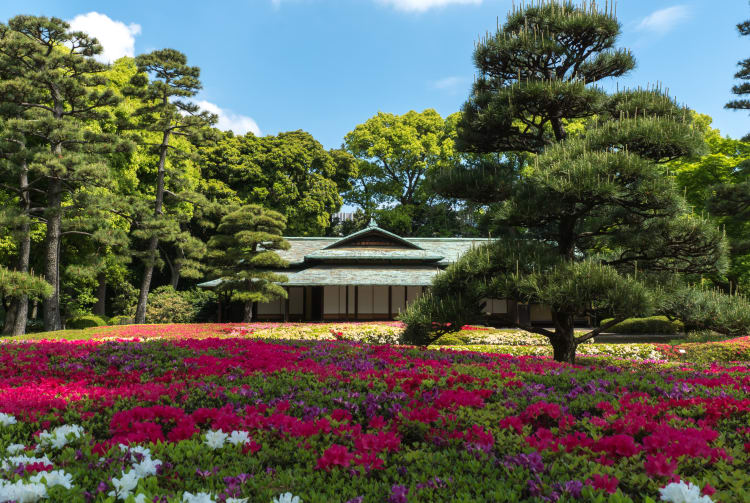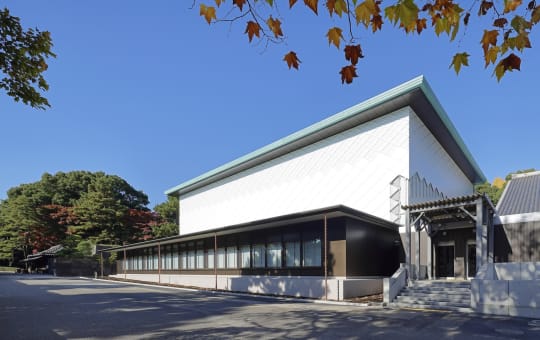Flowers and woodlands in the gardens built on Edo Castle's ruins
Part of the inner palace area, the Imperial Palace East Gardens offer seasonal flowers and original moats, walls, entrance gates and guardhouses built by the Tokugawa shoguns. These wonders are free to enter, making a visit here one of the best bargains around.
Quick Facts
Emperor Meiji lived in the Nishinomaru Palace near the East Gardens from 1869 to 1873 before moving to the new palace
The Museum of Imperial Collections exhibits artworks owned by the imperial family
How to Get There
This venue is accessible by subway and taxi.
The Ote-mon gate was once the principal entrance to Edo Castle , making it a convenient place to begin your visit to the Imperial Palace East Garden. The gate is a five-minute walk from Otemachi Station on the Chiyoda, Tozai, Marunouchi, Hanzomon and Mita subway lines, and a 15-minute walk from Tokyo Station .
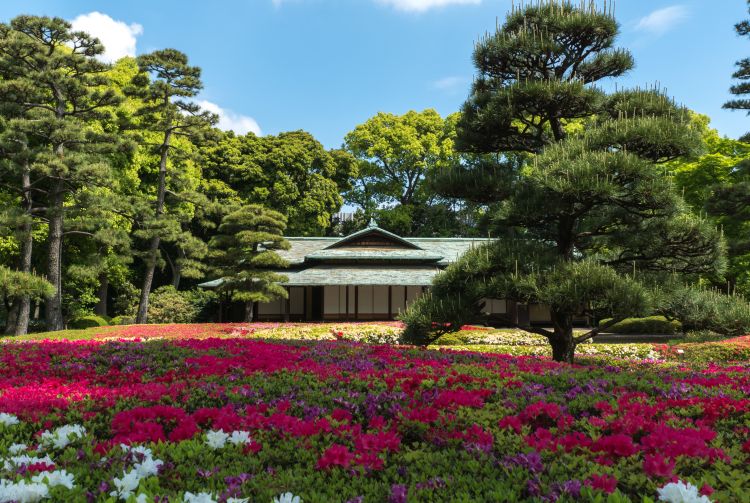
The Emperor's secret garden
Kokyo Higashi Gyoen extends over 210,000 square meters, located on the ground where Edo Castle's two innermost defensive walls (the Honmaru and Ninomaru) and part of the third wall (the Sanomaru) once stood. The Honmaru section contains a vast lawn, which outlines where the main keep used to be, while the Ninomaru section houses a garden dating back to its origin to the Edo period and restored in 1968, which is particularly pretty in fall.
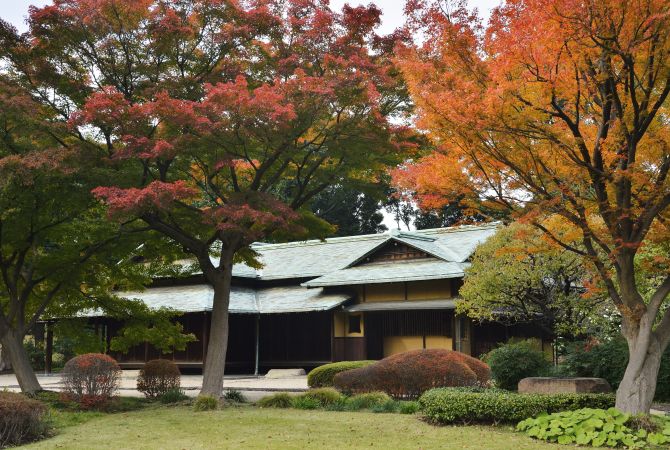
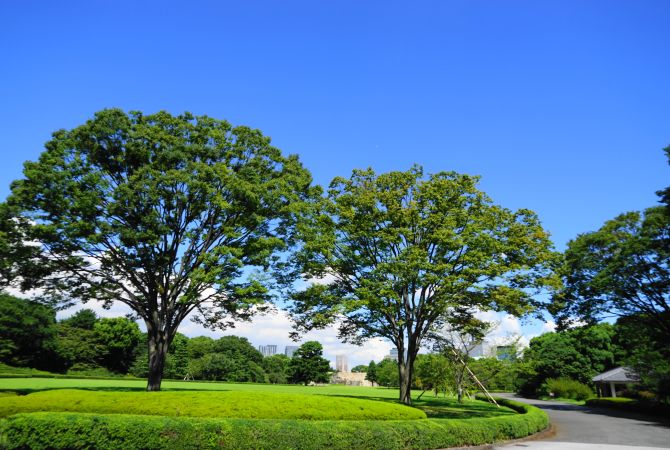
Within the grounds you can also find the photogenic Suwano teahouse, Museum of the Imperial Collections , and Gakubu music department and concert hall.
Climbing to the top of the former castle tower ruins
While you're exploring, you'll likely come across the foundations of the former castle tower, which was completed in 1638 but sadly was destroyed in a citywide fire not long after. These days you can climb to the top of the ruins to get a panoramic view of the Shinjuku Gyoen National Garden.
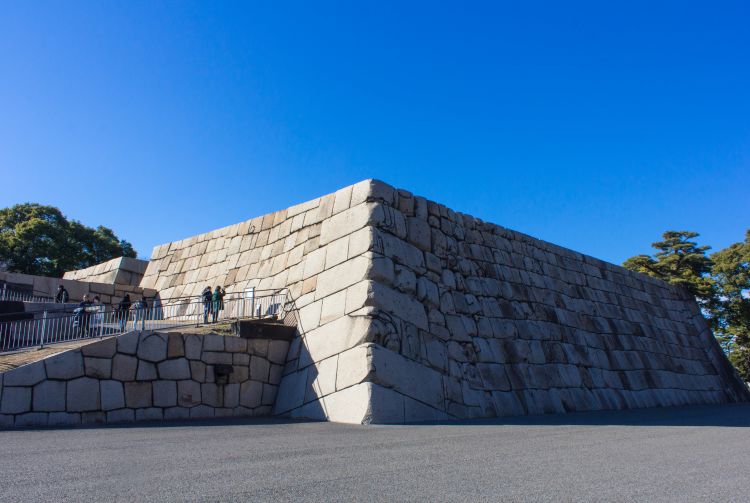
Colorful flowers throughout the year
Dozens of different flowers and orchards line the walkways, so there are plants blooming all year round. In winter, the plum tree slope brings a pop of color to the stone walls, while in fall the Ninomaru Grove glows in gold and scarlet. Gaze up at the "symbolic prefectural trees," strolling through the iris garden and taking photos of the cherry blossoms. Check the Imperial Household Agency's website to see their flower calendar when planning your visit.
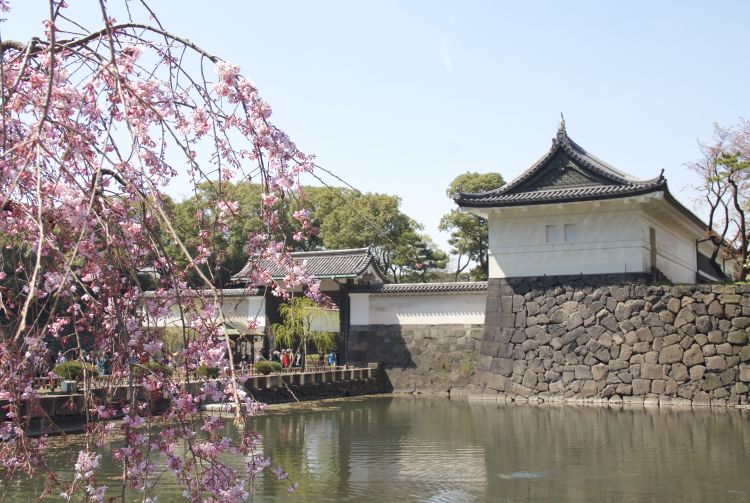
* The information on this page may be subject to change due to COVID-19.




























































